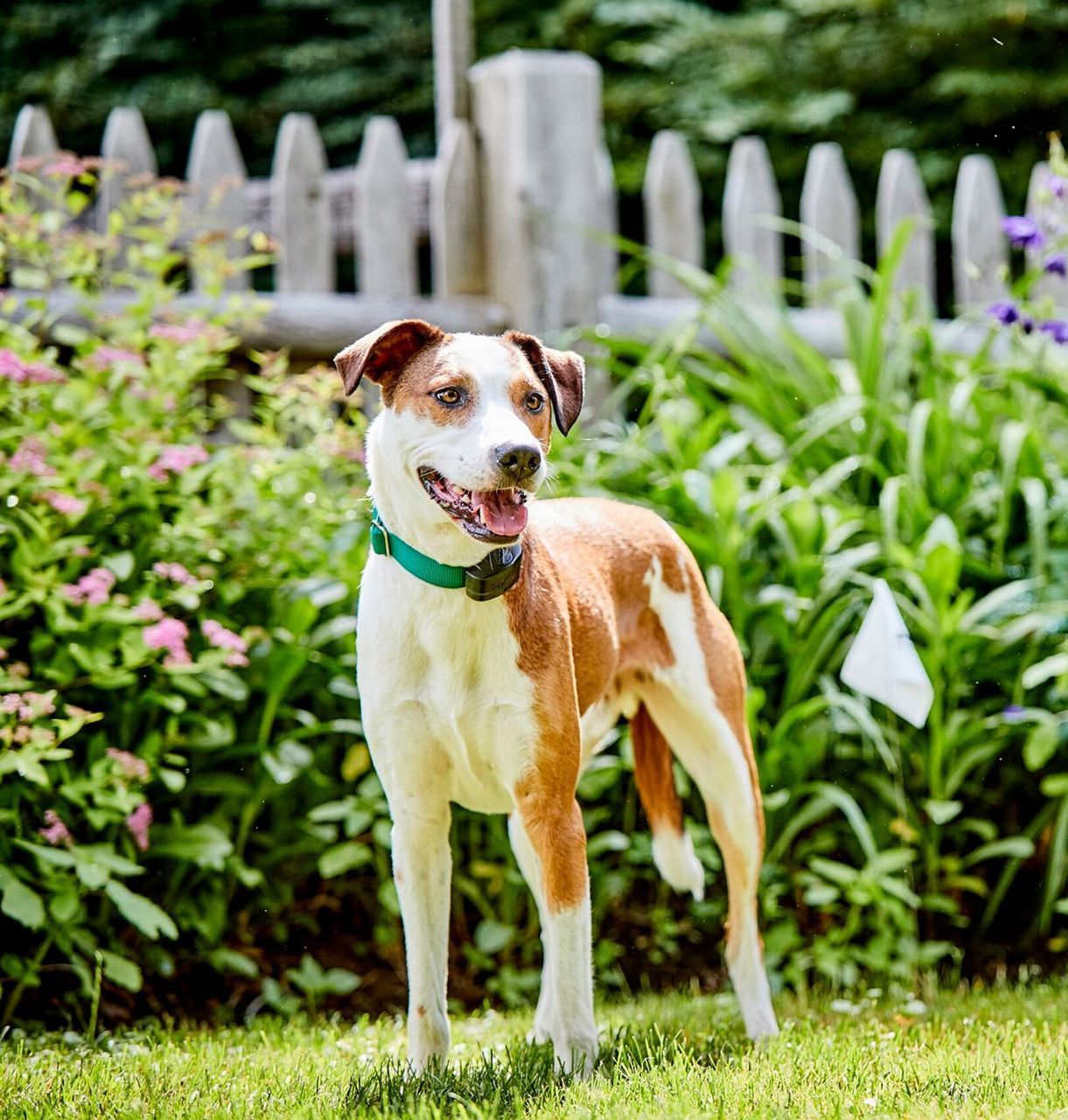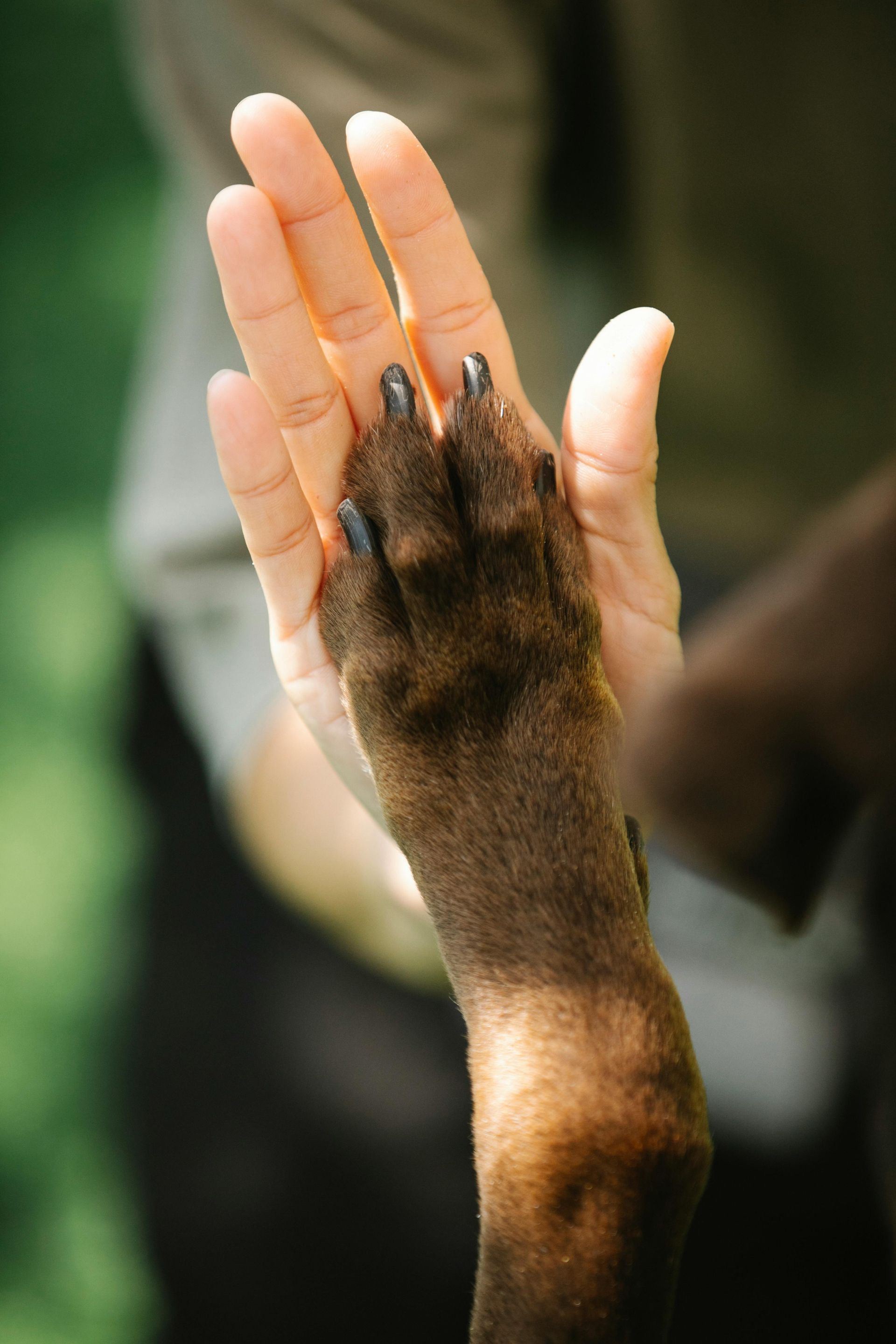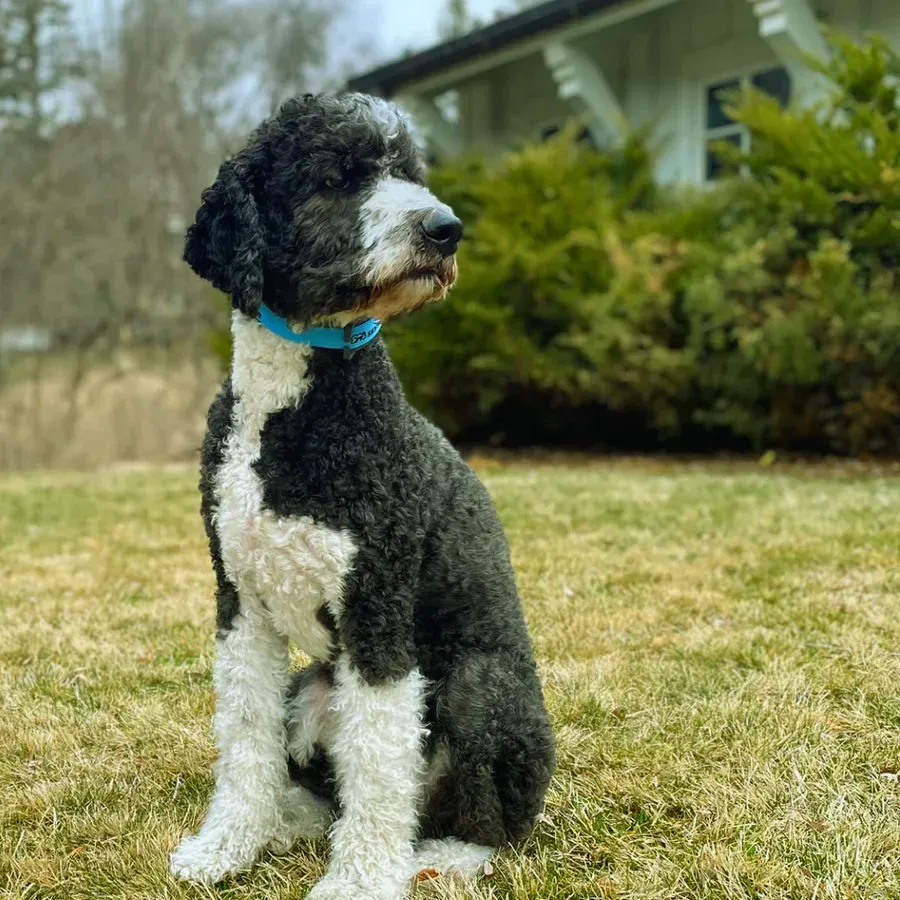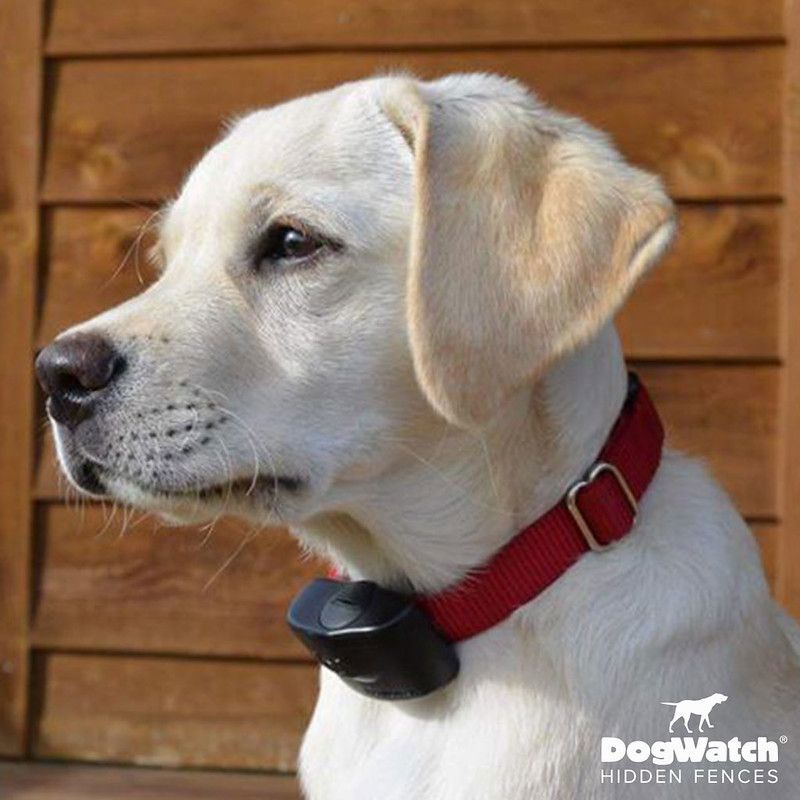Hidden Fence Myths Debunked: What Every Dog Owner Should Know
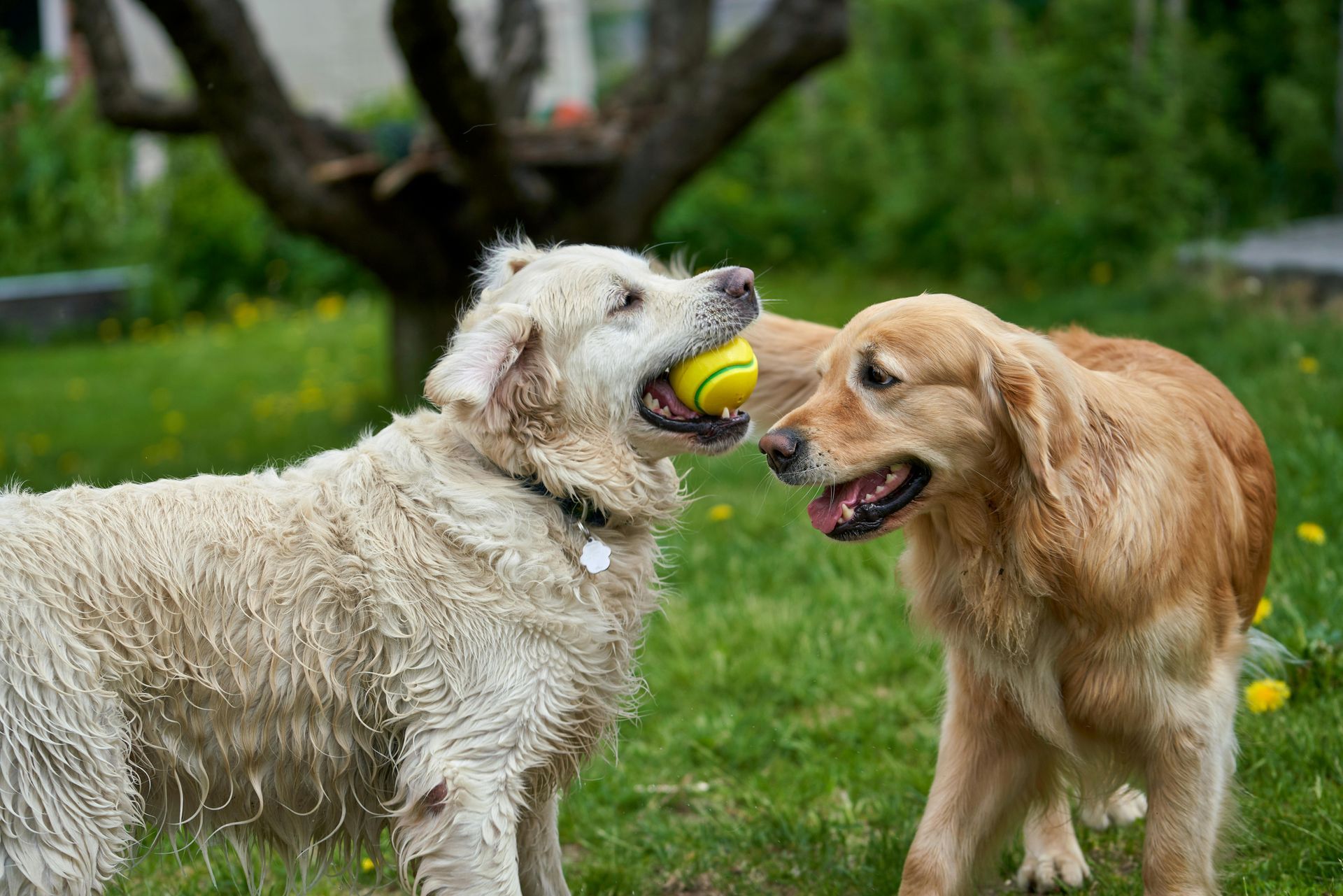
Hidden underground fences can be a game-changer for keeping your pet safe and happy, but there are a lot of misconceptions about how they work and whether they’re effective. From unfounded fears about safety to misunderstandings about installation, it’s easy to see how myths can cloud the truth. Luckily, we’re here to clear things up!
Whether you’re just starting to explore options or you’ve been on the fence (pun intended) about hidden fences, this guide will debunk the most common rumors and help you make an informed choice. Plus, we’ve included some fun and interactive multiple-choice questions to bust those myths and test your knowledge—answers revealed with explanations, of course!
Let’s jump in and separate fact from fiction.
Common Myths About Hidden Fences
Myth #1: Hidden Fences Hurt Pets
One of the most widespread myths is that hidden fences are harmful, delivering shocking jolts to pets. The truth? Hidden fences use gentle static corrections and warning tones to train pets. DogWatch systems can even be adjusted to a level that’s barely noticeable for sensitive dogs. It’s all about teaching, not punishing.
Myth #2: Hidden Fences Are Only for Dogs
While dogs are the most common users, hidden fences can work for other pets too, like cats! With the right training and equipment, you can create a safe play area for almost any small, outdoor-loving pet.
Myth #3: They're Difficult to Install
Some people think hidden fences require enormous effort to install. However, with professional guidance from DogWatch experts, the installation process is seamless. The system is designed to work with your yard’s unique layout without complex construction.
Myth #4: Any Pet Can Escape Anytime
This is far from true. Hidden fences are highly reliable and effective when paired with training. The initial training teaches your pet where it’s safe to roam and where to avoid. Over time, most pets won’t even approach the boundary.
Myth #5: They're Not Safe for Pets
DogWatch hidden fences are designed with safety in mind. They rely on consistent, clear signals to ensure pets stay secure without confusion or distress.
Now that we’ve tackled some of the major myths, it’s time to have some fun! Test your knowledge with these interactive questions below.
Test Your Hidden Fence Knowledge
Take this short quiz to see how much you know about underground hidden fences. Answers are revealed below each question with explanations. Good luck!
A hidden fence creates boundaries using:
a) Visible ropes strung across the yard
b) Underground wires and signal collars
c) High wooden slats
d) None of the above
Click HERE for answer:
Answer: b) Underground wires and signal collars
Why: The system works by using an underground wire to create boundaries and a collar that detects signals. This combination teaches pets where it’s safe to roam. No physical barriers required!
The correction a pet feels from the collar is similar to:
a) A full electrical shock
b) A static sensation like touching a doorknob
c) Getting stung by a wasp
d) A loud noise
Click HERE for answer:
Answer: b) A static sensation like touching a doorknob
Why: The corrections are designed to get your pet’s attention, not harm them. Most are mild, like the gentle shock you feel from static electricity.
Can DogWatch hidden fences accommodate properties with unusual layouts?
a) Yes
b) No
Click HERE for answer:
Answer: a) Yes
Why: One of the biggest advantages of DogWatch systems is their ability to be customized. Whether you have a winding garden, rugged terrain, or a pool that needs fencing off, hidden fences can cover it all.
Which pets can use a hidden fence?
a) Dogs
b) Cats
c) Both
d) Neither
Click HERE for answer:
Answer: c) Both
Why: While dogs are the most common users, DogWatch systems work just as well for cats and even other small pets with the right training tools.
True or False? Hidden fences are only effective for large dogs.
a) Dogs
b) Cats
c) Both
d) Neither
Click HERE for answer:
Answer: False
Why: Hidden fences are effective for dogs of all shapes, sizes, and breeds. With adjustable correction levels, even small or sensitive dogs can stay safe within the boundary.
When you install a hidden fence, what’s the most important step to ensure it works?
a) Regular maintenance
b) Correct pet training
c) Wearing the collar 24/7
d) Installing a backup visible fence
Click HERE for answer:
Answer: b) Correct pet training
Why: Training is key to success. DogWatch experts help you and your pet understand the system, ensuring they respect the boundary and stay secure.
Compared to traditional fencing, a hidden fence is usually:
a) More expensive
b) Less durable
c) More affordable and flexible
d) Harder to install
Click HERE for answer:
Answer: c) More affordable and flexible
Why: Hidden fences cost less than traditional fencing, especially for larger properties. They’re also weather-resistant, require less maintenance, and are visually discreet.
Invest in Freedom and Safety with DogWatch
Debunking these hidden fence myths shows how safe, effective, and pet-friendly they are. If you’ve been debating whether a hidden fence is the right choice, DogWatch of Nashville has you covered. Our systems are designed with your pet’s safety and your family’s peace of mind at heart, providing you with top-quality invisible dog fence outdoor solutions.
Still have questions? Reach out to DogWatch of Nashville today. Whether you want a consultation or need help getting started, we’ll be there every step of the way.
Discover the perfect way to keep your pet free and secure! 🐾 Contact us today to learn more.
